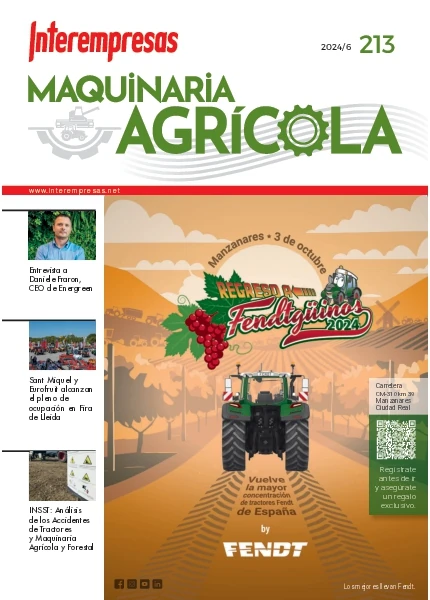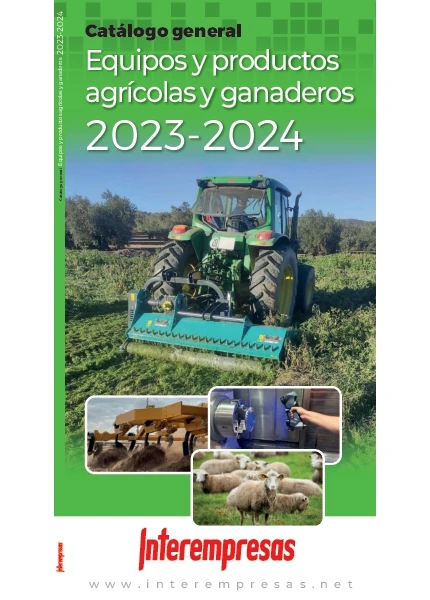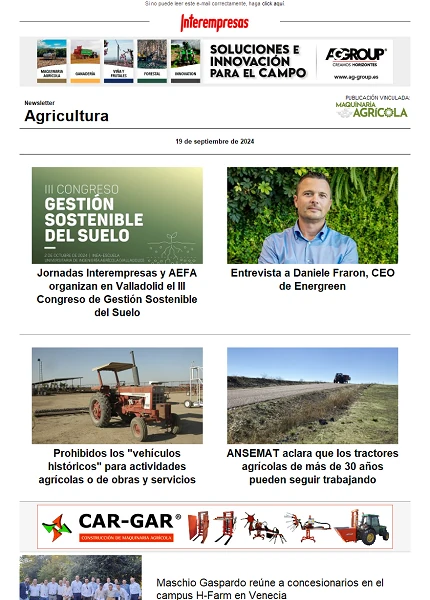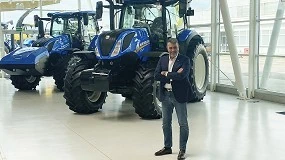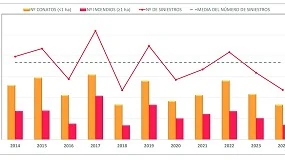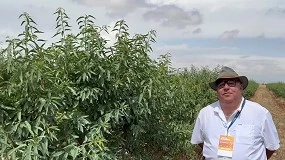Agronomic techniques provide refuge to predators of pests of the olive tree
April 23, 2010
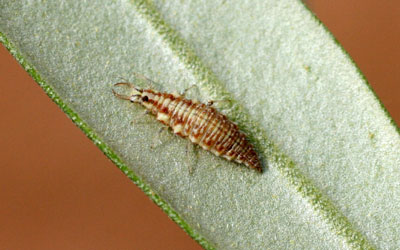
"This project is the result of many years of research." It has become clear the importance of keeping to these predators which, naturally, are in the olive grove and that contribute to limiting the populations of some of the plagues affecting the crop. "It is thus necessary to create a favourable environment so that they remain in the same, by providing them with shelter, food and alternative guests," says Mercedes Campos, responsible for the research project which subsidizes the Junta de Andalucía. "On the one hand, we are determining - explains fields - the effect of cover natural plant as well as the application of different methods of pest management on populations and activity of these major predators." "On the other hand, we study the way of marking these insects to gather information about their behavior in the olive grove in relation to the management".
Identify good and bad practices in the olive grove to retain the man-eaters of pests
In particular, the research team evaluates the impact of the various handlings agronomic crisópidos stocks, present in the olive grove. In the view of fields, is intended to specify activities or practices to reduce the populations of these predators as well as identify key relationships that affect directly or indirectly to their survival or activity. The analysis is the key to implement appropriate measures to increase the control natural these insects in cultivation.
The main adverse actions, include the removal of the cover or the use of insecticides in inadequate way, basically by excess. In order to avoid the factors that influence in a negative way, on the crisópidos, the researchers recommend look at the election and when applying the treatment against pests. In other words, to determine if it must be for treatment and if so, carry out targeted applications in very specific points, not all the plantation. Similarly, avoid that the date of the treatment matches period of increased activity of the predator.
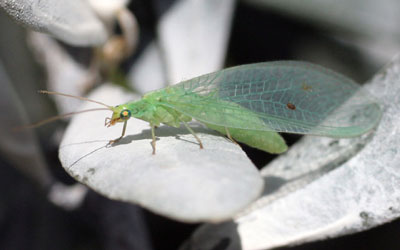
The most damaging pests in the olive tree
"In general, the farmer is afraid to fly (Bactrocera oleae) and the moth (Prays oleae), since they are very widespread insect growers across countries of the Mediterranean area." "In addition, their populations tend to overcome the economic threshold of treatment," recognizes the leader of the team of the Consejo Superior de Investigaciones Científicas. "In the case of the cochineal insect of olives (Saissetia oleae) there is no doubt that biological control is the most suitable control method, although other pests are also associated with a very effective auxiliary fauna which has to protect and preserve." "Sometimes even please increase their populations through loose, so as to improve the control of a certain fitófago". These predators feed on other insects, small, soft and accessible in their larval stage. When they become adults, they go to a diet of pollen and nectar, in quantity, in the plant covers of the olive grove. This explores the characteristics and behaviour of species as the Chrysoperla carnea. "Thanks to this observation, the experts have enough information to implement techniques that induce the insect to stay year-round in the olive tree."In addition to Chrysoperla carnea it, there are other insects which exercise effective action against pests. "For example, used different parasitoids gender Metaphycus for control of the cochineal insect, or of the genus Trichogrammma for the control of the moth and even species as concolor or Psyttalia Fopius arisanus to fight the fly", explained fields.

The solution: natural plant cover and diversity of planted specimens
To end to analyse the effects of the vegetal coverage on the crisópidos in the olive grove, the team researcher has selected three fincas of 200 hectares with different systems of maintenance of the floor in the provinces of Granada (Deifontes, Colomera and Sandy areas) and Córdoba (The Pedroches). Besides, the grenadian researchers have created some natural shelters to base of straw so that the insects install during the winter in the olive grove. A good handle of the vegetal covers together with the placing of this species of shelters, will contribute to establish a favourable environingingment so that these crisópidos remain in the plantation during all the year. Basically, it avoids that they emigrate if they do not have of food or the existent meteorological conditions are not of his like. “By the moment, recommend the use of natural vegetal covers. As we have observed, they increase the populations of crisópidos ensuring, in first instance, the establishment of the same in the crop and avoiding later that they go to other zones. Other studies also have showed the importance of the diversification in the olive grove, so much natural as scheduled, with vegetal copies such like Dittrichia viscous or Fagopyrum esculentum since they facilitate the activity of the auxiliary fauna”.
Finalised this stage, effect essays in laboratory with a new system designated Ethovision. This tool studies processes of the animal behaviour, analyses activity, movements, positions and interactions. All this, will provide basic information to the hour to interpret the results obtained in field. Basing in all these experiments, the researchers look for to expand the knowledges on the structure (flora and insects) and operation of the components of the agroecosistema of the olivo. Another purpose of the project is to concretise the environingingmental risk that suppose some hurtful practices for the crisópidos and establish guidelines of handle on the same, so that they reduce his negative effects. Finally, it pretends increase the diversity in the olive grove: a step forward to the sustainability of the crop. In opinion of the researchers, with technicians like these pursues improve the control, of natural form, of species that cause plagues and minimise the dependency of the phytosanitary ware products. This would contribute to increase the quality of the final product, the olive oil. “The biological control of plagues has a lot of advantages but will stand out his specificity and that is not contaminante, by what contributes to improve the environingingmental quality and to conserve the biodiversity”, recognises Fields. In his opinion, the natural treatments can be “of type very diverse” and contribute to reduce the use of pesticidas. This involves lower risk of toxicity in humans, domestic animals and wild life, as well as of problems of fitotoxicidad, resistance or environingingmental pollution.
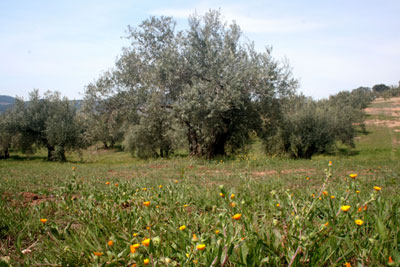
Similarly, the biological control is not expensive: "the idea is to implement a biocontrol for conservation in the olive, so according to the best knowledge we adquiramos of the various components of the agroecosystem, we are able to devise management strategies to protect and promote the activity of the auxiliary fauna". Although tests have been conducted in parts of Andalusia, these techniques could be extrapolated to other regions because we are working with permanent natural casings that can occur in any olive groves. "Apart from this it can be assumed - indicates fields - the number and composition of natural enemies associated with these covers may depend, in turn, of ecological parameters such as climatic conditions and soil." "In any case, it seems reasonable to generalize about the idea that the presence of a covered spontaneous, in key periods, can contribute to growth of the population of crisópidos."


